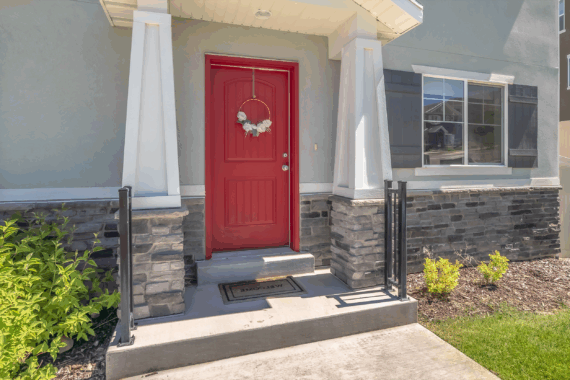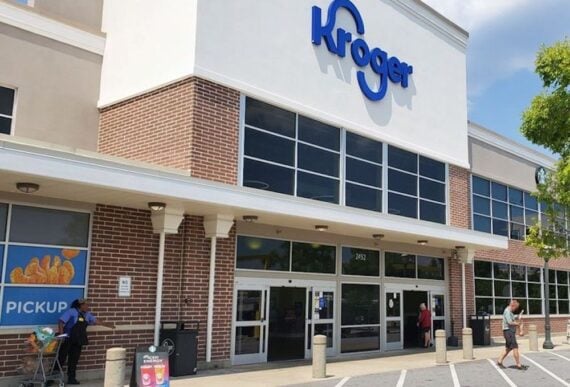Some home improvement projects pay off more than others when it comes time to sell. For homeowners considering putting their houses on the market in the next year or so, here are several jobs to tackle — and some budget alternatives — that can help attract buyers and boost your home’s value without overspending.
Improvement: Add Attic Insulation
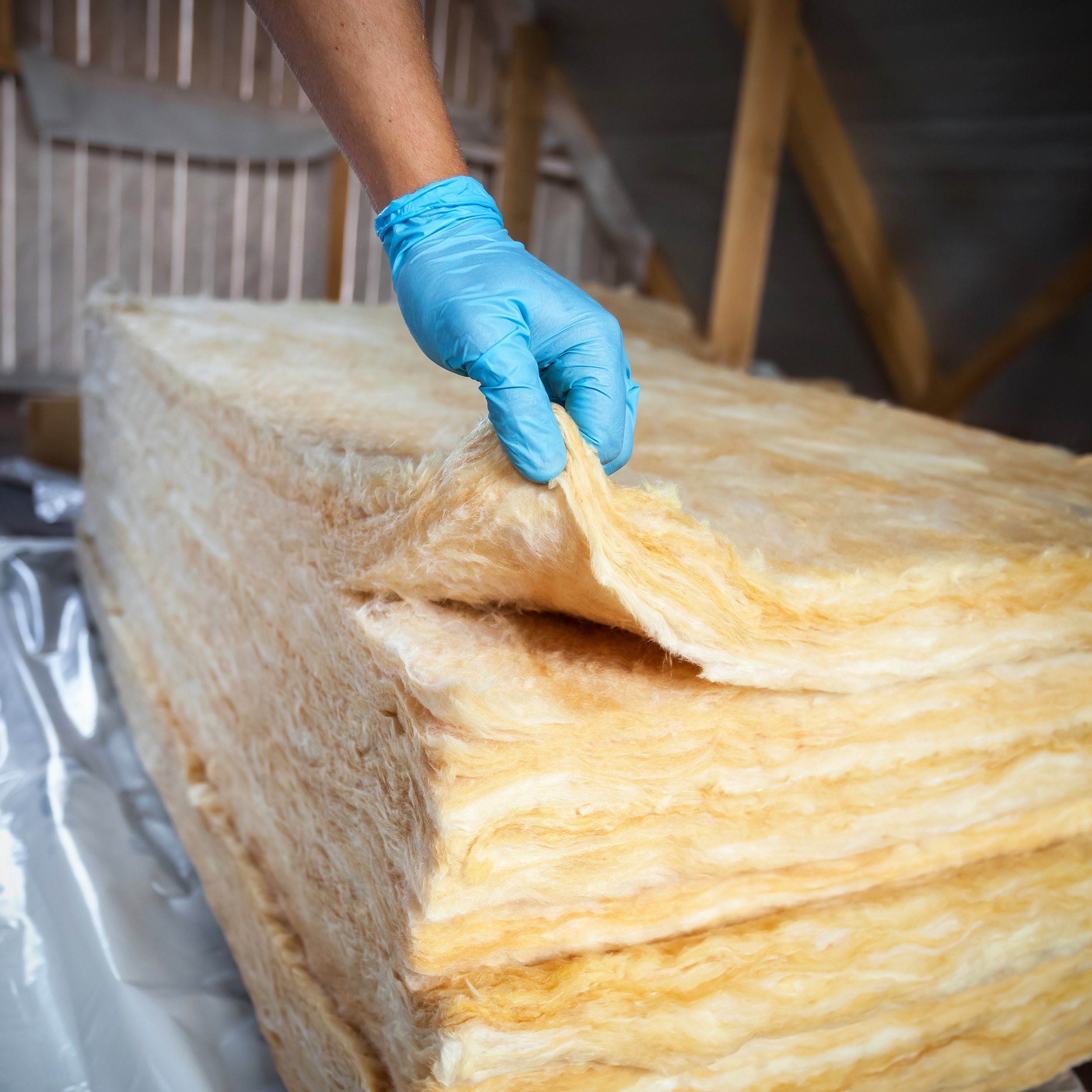
Hold off on those flashy, pricey renovations, because energy efficiency is what really pays off. Adding fiberglass insulation to the attic to help maintain a home’s temperature can boost resale value. On average, homeowners saw a 116.9% return on investment after adding attic insulation, according to solar matchmaking site Energy Sage.
Attic insulation costs anywhere from $1,680 to $3,125, depending on the size of your attic and the material used. On average, most homeowners shell out around $2,380. These costs include the insulation materials and installation by a professional.
Budget Alternative: Install a Programmable Thermostat

Looking for a cheaper energy-efficient fix? Homeowners can install a programmable thermostat to save roughly $180 a year on energy bills, according to the government’s Energy Star program.
Thermostat installation sets up a device that controls your home’s heating and cooling systems. The total cost depends on the thermostat type, your HVAC compatibility, and how complex the installation is. Choosing a smart thermostat can save up to 20% on energy each year, making it a smart long-term investment. An upgrade also improves comfort, efficiency, and adds modern features to your home. Hiring a professional typically costs $50 to $150 per hour to ensure proper setup and reliable performance.
Improvement: Swap Siding for Stone Veneer
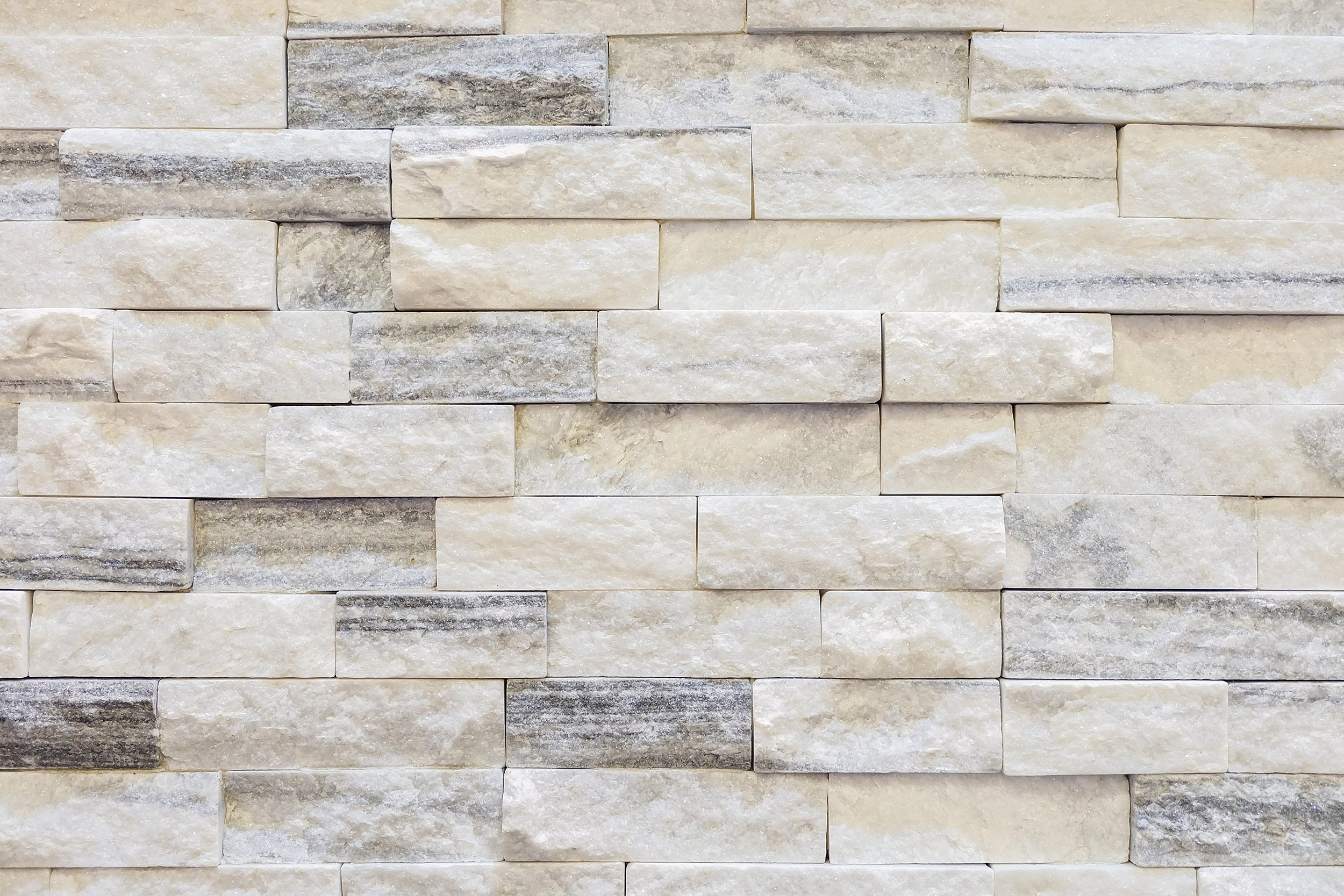
Nothing dates a house quite like dirty, aging vinyl siding. Swapping just the bottom third of that siding for manufactured stone veneer can seriously boost a home’s curb appeal and bring a more than 95% return on a homeowner’s investment, according to Remodeling magazine. The magazine’s experts estimate that replacing siding (in part or completely) costs a nationwide average of $9,357, depending on the materials and the complexity of the design. Larger homes, premium materials, and intricate layouts can increase the overall price. While the investment can greatly enhance curb appeal and long-term home value, installation is labor-intensive — so hiring a professional contractor ensures the job is done safely and efficiently.
Budget Alternative: Wash Existing Siding

Cleaning vinyl siding costs next to nothing, so homeowners who can’t stomach spending thousands on stone may want to invest some elbow grease instead. The Vinyl Siding Institute recommends using a soft-bristled brush, mild soap, and water to clean siding. Its website also features a list of recommended cleaners for grimier jobs and specific stains such as rust or grease. Power washers are fair game as long as the siding manufacturer allows them, but be sure to follow all directions. For instance, aiming a power washer higher than eye level can drive water behind the siding, experts warn.
Improvement: Replace the Front Door
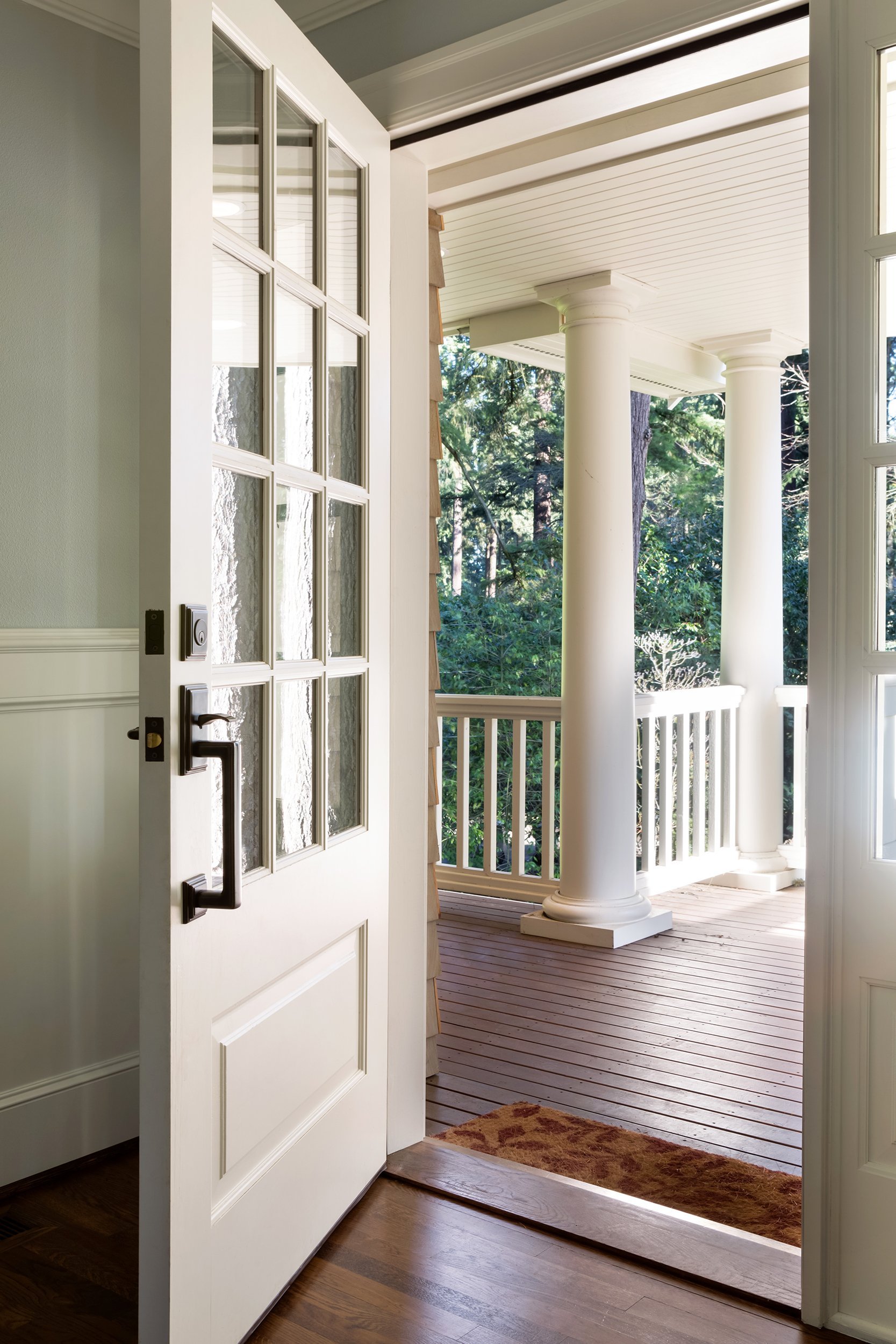
Replacing a door typically costs between $500 and $2,000, depending on whether it’s an interior or exterior door, the material, style, and any customization. Interior doors can be as low as $100, while exterior options average around $1,500 and can exceed $6,000 for premium designs. Labor usually adds $40–$90 per hour, especially if frames need repair or the size isn’t standard. Features like pet doors, decorative glass, or high-end hardware can increase the price, though choosing standard sizes and simpler materials can help keep costs down.
Trending on Cheapism
Budget Alternative: Add Quick Curb Appeal

A new front door can make a home more eye-catching, but smaller projects can help, too. Painting an existing front door can cost as little as $50 in primer, paint, and supplies — just be sure to pick the right color. While a bold, contrasting front door can make a house stand out, steer clear of gaudy hues that clash with the home’s style or existing color scheme. (Still in doubt? White and red have perennial appeal, according to Angie’s List.) Other cheap updates: Dress up plain windows with shutters for about $50 a pair, and consider adding flower-filled planters or window boxes for additional color.
Improvement: Replace Garage Doors
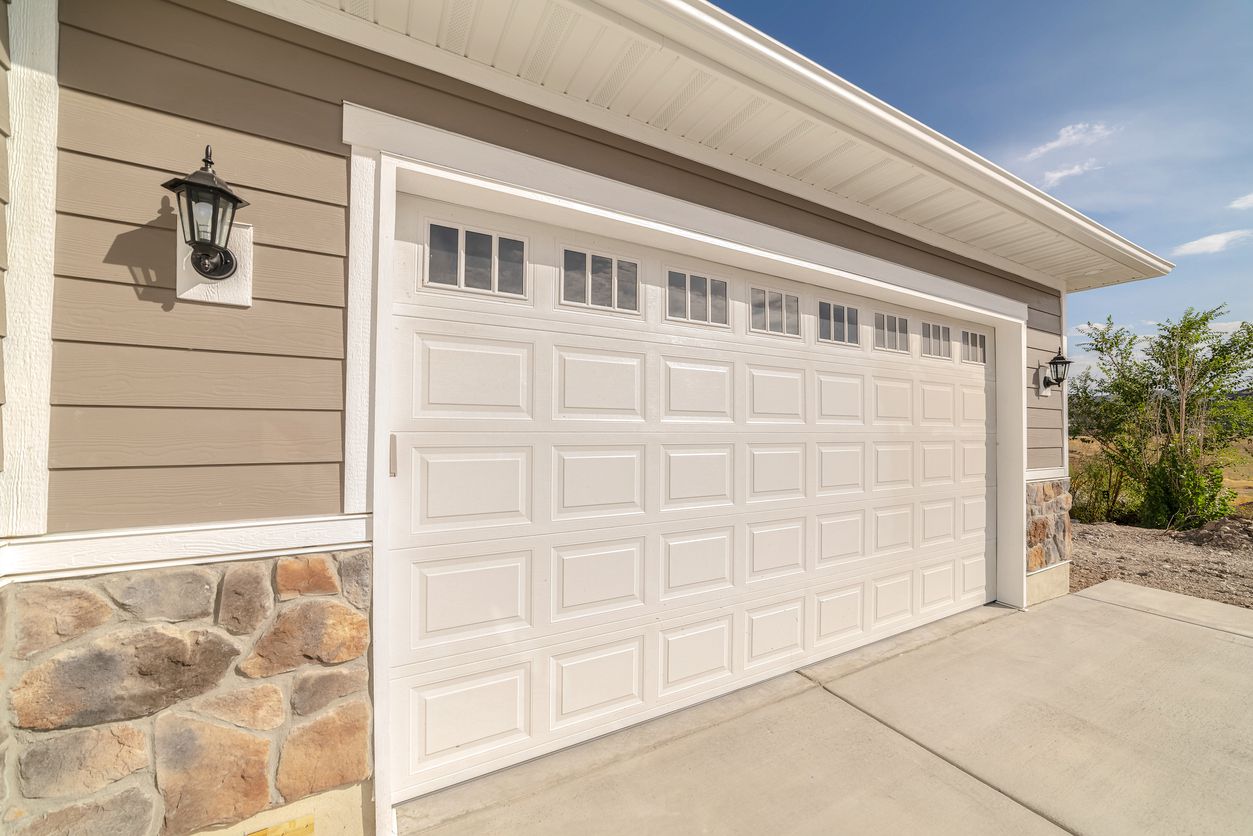
Don’t stop with the front door— the garage door may need to be replaced, too. This project also brings a return of about 95% on homeowners’ investment, according to the Remodeling 2020 Cost vs. Value Report. The report says prospective sellers in upscale areas may want to splurge on higher-end carriage-style doors with a heftier price tag of more than $3,600.
Budget Alternative: Fake a Carriage-Style Door

Some new paint can also work wonders for a garage door on the cheap. Again, use the home’s existing color scheme and the overall look of the neighborhood for guidance. And don’t stop with paint: For $300 to $500, consider adding faux decorative windows to the top of the garage door, as seen on HouseLogic. Updated exterior lighting and decorative hardware such as powder-coated pull handles can complete a high-end carriage-door look at a fraction of the price.
Sign up for our newsletter
Improvement: Remodel the Kitchen

Kitchens sell houses, according to prevailing real estate wisdom. So it’s no surprise that homeowners can recoup neary 78% of the cost from a minor kitchen remodel, according to the Remodeling report. That includes replacing cabinet doors and hardware; switching out laminate counters; and adding a mid-range sink, energy-efficient appliances, and new flooring. The magazine’s experts estimate an average cost of $23,452 for this kind of remodel.
Budget Alternative: Refresh the Kitchen for Less

At more than $20,000, even a “minor” kitchen remodel is still too pricey for many homeowners. To keep costs low, try painting cabinets instead of replacing the doors. Add a sleek tile backsplash for big impact— depending on the type of tile and amount you need, you may be able to do it for less than $1,000, even with professional installation, according to HomeAdvisor. And if high-end counters are out of the budget, take another look at laminate. These days, it can do a credible impression of granite or even marble. Homeowners can spend as little as $1,500 for 30 linear feet of laminate, compared with $2,700 for a stone slab, according to Fixr.
Home-Improvement Projects to Skip
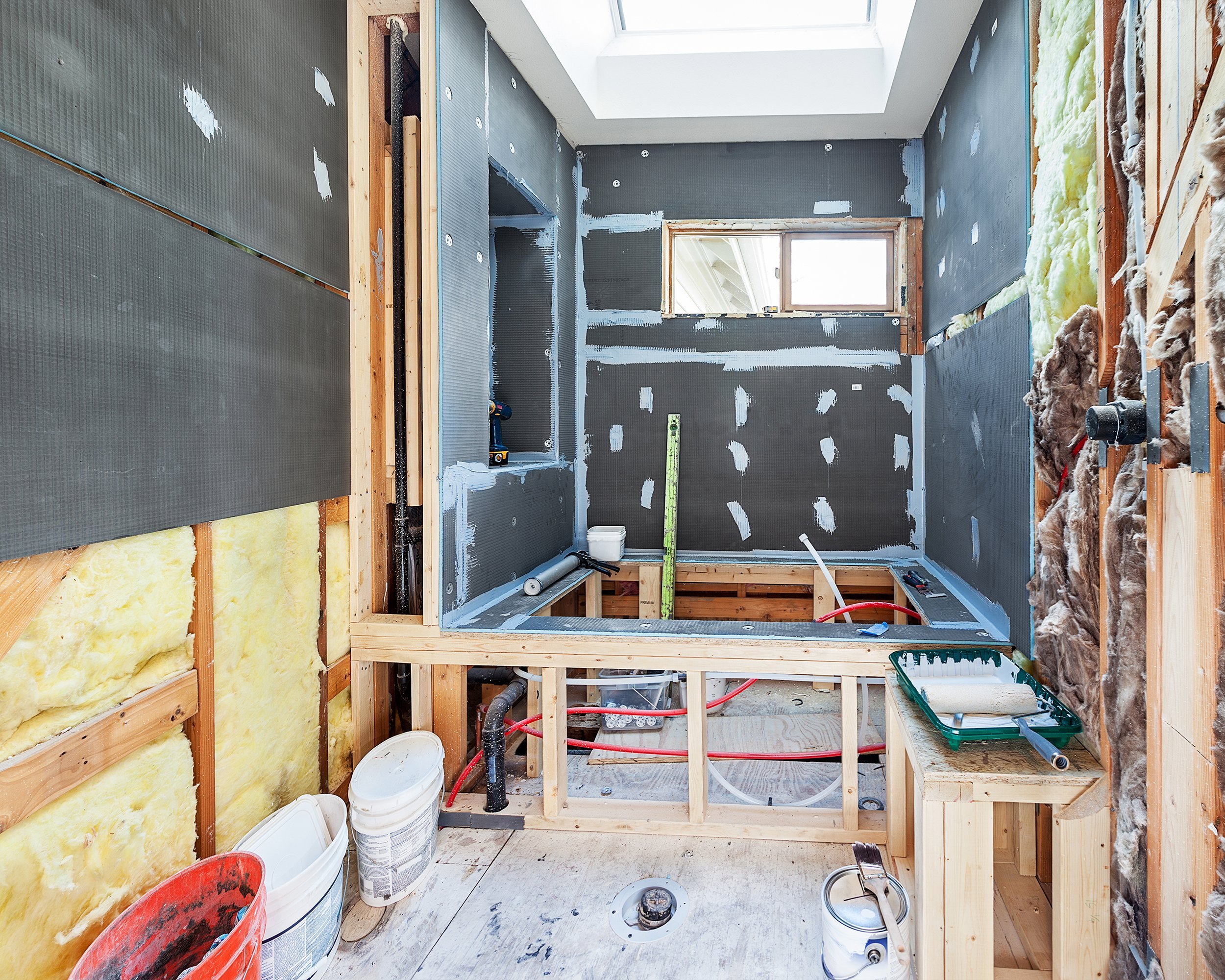
Wondering which improvements just aren’t worth the cost if you want to sell your house soon? According to the Remodeling 2020 Cost vs. Value Report, homeowners recoup barely more than 50% of their investment after adding a upscaled master suite. That puts this project squarely at the bottom of the magazine’s list. At an average cost of $282,062 for a master suite of this caliber, this pricey improvement may still be worth it for some homeowners — just make sure resale isn’t the primary motivation.
More At Home Tips From Cheapism

- 12 Home Upgrades That Are a Total Waste of Money — Don’t pour your renovation budget into flashy features like exotic flooring or built-in electronics—these upgrades look impressive but rarely pay off.
- 5 Things That Drain the Most Electricity in Your Home — Your biggest energy bills likely come from comfort and convenience staples like HVAC systems and major appliances—time to shine a light on the sneaky power hogs.
- Smart Home Products That Are Actually Worth the Money — From smart air purifiers to voice-controlled hubs, there are gadgets that actually enhance your home and might just be worth the investment.
